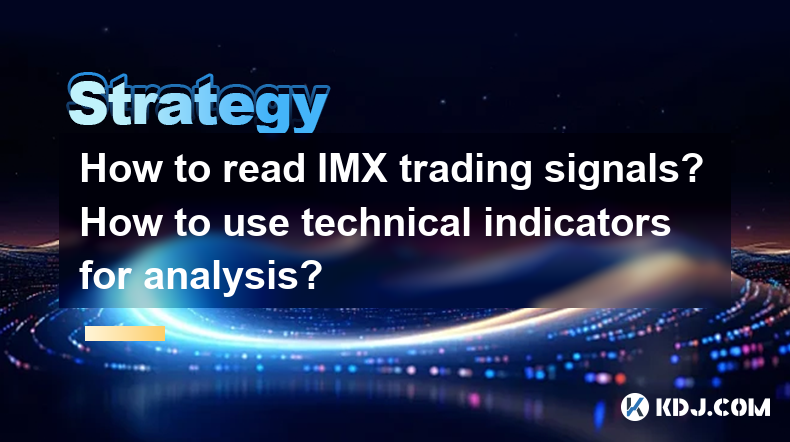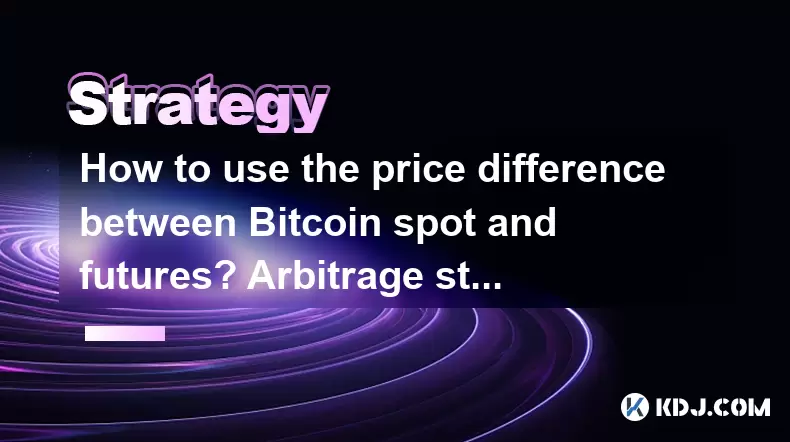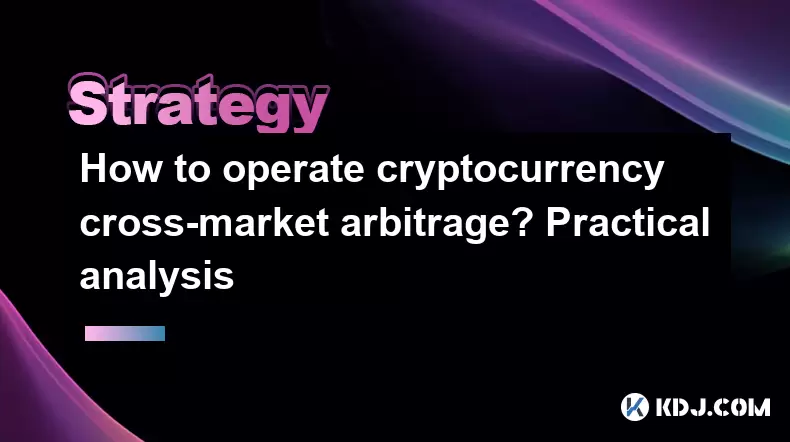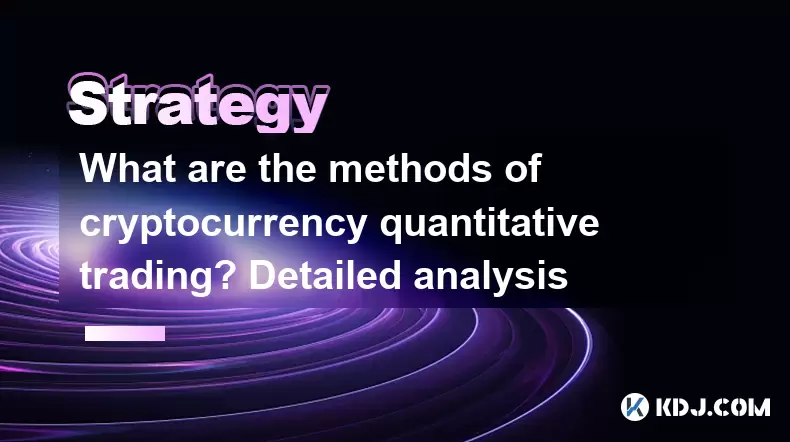-
 Bitcoin
Bitcoin $108,262.4325
-1.40% -
 Ethereum
Ethereum $2,518.2882
-2.94% -
 Tether USDt
Tether USDt $1.0003
-0.01% -
 XRP
XRP $2.2262
-1.71% -
 BNB
BNB $653.9254
-1.55% -
 Solana
Solana $148.1036
-3.11% -
 USDC
USDC $1.0000
0.01% -
 TRON
TRON $0.2829
-1.45% -
 Dogecoin
Dogecoin $0.1639
-4.82% -
 Cardano
Cardano $0.5742
-4.43% -
 Hyperliquid
Hyperliquid $38.9506
-3.95% -
 Sui
Sui $2.9040
-4.34% -
 Bitcoin Cash
Bitcoin Cash $484.8307
-2.62% -
 Chainlink
Chainlink $13.1971
-3.73% -
 UNUS SED LEO
UNUS SED LEO $9.0822
0.51% -
 Avalanche
Avalanche $17.8613
-4.01% -
 Stellar
Stellar $0.2385
-2.26% -
 Toncoin
Toncoin $2.7570
-3.88% -
 Shiba Inu
Shiba Inu $0.0...01145
-3.99% -
 Litecoin
Litecoin $86.9999
-2.43% -
 Hedera
Hedera $0.1538
-3.90% -
 Monero
Monero $313.7554
-2.03% -
 Polkadot
Polkadot $3.3681
-5.08% -
 Dai
Dai $1.0000
0.00% -
 Ethena USDe
Ethena USDe $1.0001
-0.01% -
 Bitget Token
Bitget Token $4.4401
-2.97% -
 Uniswap
Uniswap $6.9644
-8.41% -
 Pepe
Pepe $0.0...09666
-4.79% -
 Aave
Aave $266.5686
-5.04% -
 Pi
Pi $0.4713
-4.95%
How to read IMX trading signals? How to use technical indicators for analysis?
IMX trading signals, including technical and fundamental types, help traders decide when to buy, sell, or hold, enhancing decision-making in the volatile crypto market.
May 01, 2025 at 08:14 am

Introduction to IMX Trading Signals
IMX, or Immutable X, is a layer-2 scaling solution for Ethereum that aims to provide instant trade confirmation, zero gas fees, and massive scalability. Trading signals for IMX can help traders make informed decisions by providing insights into potential market movements. Trading signals are indicators or patterns that suggest whether it is a good time to buy, sell, or hold a cryptocurrency. Understanding how to read these signals is crucial for effective trading.
Types of IMX Trading Signals
There are several types of trading signals that traders can use when analyzing IMX. Technical signals are derived from chart patterns and technical indicators, while fundamental signals are based on news and developments related to the cryptocurrency. For IMX, traders often focus on technical signals due to the volatile nature of the cryptocurrency market.
Price Action Signals involve analyzing the movement of the price itself. For instance, if the price of IMX breaks above a significant resistance level, it might signal a bullish trend. Conversely, if the price falls below a key support level, it might indicate a bearish trend.
Volume Signals are another important type. An increase in trading volume can confirm a trend. If IMX's price is rising and the volume is increasing, it suggests strong buying interest and a potential continuation of the uptrend.
Candlestick Patterns can also serve as trading signals. Patterns like the bullish engulfing or bearish harami can indicate potential reversals or continuations in the price movement of IMX.
Using Technical Indicators for IMX Analysis
Technical indicators are mathematical calculations based on the price and volume of a cryptocurrency. They help traders identify trends, momentum, and potential reversal points. Here are some key technical indicators that can be used for analyzing IMX:
Moving Averages (MA): Moving averages smooth out price data to identify trends over time. The Simple Moving Average (SMA) and Exponential Moving Average (EMA) are commonly used. When the price of IMX crosses above its moving average, it can signal the start of an uptrend. Conversely, if the price falls below the moving average, it might indicate a downtrend.
Relative Strength Index (RSI): The RSI measures the speed and change of price movements. It ranges from 0 to 100 and is typically used to identify overbought or oversold conditions. If the RSI for IMX is above 70, it might indicate that the cryptocurrency is overbought and due for a correction. If it's below 30, IMX might be oversold and poised for a rebound.
Moving Average Convergence Divergence (MACD): The MACD is a trend-following momentum indicator that shows the relationship between two moving averages of a cryptocurrency's price. When the MACD line crosses above the signal line, it can indicate a bullish signal for IMX. Conversely, when the MACD line crosses below the signal line, it can signal a bearish trend.
Bollinger Bands: Bollinger Bands consist of a middle band being an N-period simple moving average, an upper band at K times an N-period standard deviation above the middle band, and a lower band at K times an N-period standard deviation below the middle band. When the price of IMX moves towards the upper Bollinger Band, it might indicate that the cryptocurrency is overbought. Conversely, when it moves towards the lower band, it might suggest that IMX is oversold.
Combining Trading Signals and Technical Indicators
To maximize the effectiveness of trading signals and technical indicators for IMX, traders often combine them. For example, if a trader sees a bullish candlestick pattern like a hammer at a key support level, and the RSI is also showing an oversold condition, it might strengthen the bullish signal. Similarly, if the MACD line crosses above the signal line and the price of IMX breaks above a resistance level with high volume, it can confirm a strong bullish trend.
Practical Steps to Analyze IMX Using Technical Indicators
Here are detailed steps to analyze IMX using technical indicators:
Select a Reliable Trading Platform: Choose a trading platform that offers advanced charting tools and technical indicators. Platforms like TradingView or Binance are popular among cryptocurrency traders.
Set Up Your Chart: Open a new chart for IMX and select the desired time frame. Common time frames include 1-hour, 4-hour, and daily charts.
Add Technical Indicators: Add the technical indicators you want to use. For instance, to add the RSI:
- Click on the indicators menu
- Search for "RSI"
- Select the default settings or customize them as needed
Analyze the Indicators:
- Moving Averages: Look for crossovers between the short-term and long-term moving averages. A bullish crossover occurs when the short-term MA crosses above the long-term MA.
- RSI: Monitor the RSI for overbought and oversold conditions. If the RSI is above 70, be cautious of a potential pullback. If it's below 30, look for a potential buying opportunity.
- MACD: Watch for crossovers between the MACD line and the signal line. A bullish crossover can signal a good time to buy IMX.
- Bollinger Bands: Observe the price movement in relation to the bands. If the price touches the lower band, it might be a buying opportunity. If it touches the upper band, it might be time to consider selling or taking profits.
Combine Signals: Look for confluences where multiple indicators and signals align. For example, if the price breaks above a resistance level, the RSI is not overbought, and the MACD shows a bullish crossover, it can provide a strong buy signal for IMX.
Execute Trades: Based on your analysis, decide whether to buy, sell, or hold IMX. Always use proper risk management techniques, such as setting stop-loss orders to protect your investments.
Frequently Asked Questions
Q: How often should I check IMX trading signals and technical indicators?
A: The frequency of checking trading signals and technical indicators depends on your trading style. For day traders, checking every few hours or even more frequently might be necessary. For swing traders, daily or weekly checks might suffice. It's important to find a balance that suits your trading strategy and time availability.
Q: Can trading signals and technical indicators guarantee profits when trading IMX?
A: No, trading signals and technical indicators cannot guarantee profits. They are tools that help inform your trading decisions, but they are not foolproof. The cryptocurrency market is highly volatile, and other factors like market sentiment and news can impact IMX's price. Always use these tools as part of a broader trading strategy and manage your risk appropriately.
Q: What should I do if the trading signals for IMX are conflicting?
A: Conflicting signals can be challenging. In such cases, it's often best to wait for clearer signals or to look for additional confirmation. For example, if the RSI suggests IMX is overbought but the MACD shows a bullish crossover, you might want to wait for the price to confirm the trend before making a decision. Additionally, consider the overall market context and any relevant news that might affect IMX's price.
Q: Are there any specific technical indicators that work better for IMX than others?
A: There isn't a one-size-fits-all answer to this question, as the effectiveness of technical indicators can vary depending on market conditions and individual trading styles. However, many traders find that combining indicators like the RSI, MACD, and Bollinger Bands provides a comprehensive view of IMX's price action. Experiment with different indicators and find what works best for your trading strategy.
Disclaimer:info@kdj.com
The information provided is not trading advice. kdj.com does not assume any responsibility for any investments made based on the information provided in this article. Cryptocurrencies are highly volatile and it is highly recommended that you invest with caution after thorough research!
If you believe that the content used on this website infringes your copyright, please contact us immediately (info@kdj.com) and we will delete it promptly.
- Bitcoin's Pattern Break: Are HODLers the Key to the Next Surge?
- 2025-07-04 18:50:12
- Bitcoin Price, Trump's Bill, and the $150K Dream: A NYC Take
- 2025-07-04 19:50:12
- Ethereum, LILPEPE, and the July Bounce: Will Pepe Steal ETH's Thunder?
- 2025-07-04 19:10:12
- Binance Institutional Loans: Unlocking 4x Leverage and Zero Interest for Whales
- 2025-07-04 19:15:12
- Bitcoin Bull Run: Analysts Eye Peak in Late 2025?
- 2025-07-04 19:20:13
- Pepe Indicators, Bullish Forecast: Can the Meme Coin Rally?
- 2025-07-04 19:25:12
Related knowledge

What are the skills of Bitcoin option hedging? Practical case sharing
Jun 24,2025 at 04:01pm
Understanding Bitcoin Option HedgingBitcoin option hedging is a risk management strategy used by traders and investors to protect their positions in the volatile cryptocurrency market. By using options, individuals can limit potential losses while retaining the opportunity for profit. In essence, it allows one to insulate against adverse price movements...

How to use the price difference between Bitcoin spot and futures? Arbitrage strategy
Jun 20,2025 at 02:56pm
Understanding Bitcoin Spot and Futures MarketsTo effectively leverage arbitrage opportunities between Bitcoin spot and futures markets, it's essential to understand the fundamental differences between these two types of markets. The spot market refers to the direct buying and selling of Bitcoin for immediate delivery at the current market price. In cont...

How to increase DeFi lending income? Strategy and risk analysis
Jun 24,2025 at 02:08pm
Understanding DeFi Lending and Its Income PotentialDeFi (Decentralized Finance) lending has emerged as a popular way to earn passive income in the cryptocurrency space. Unlike traditional banking systems, DeFi lending platforms allow users to lend their crypto assets directly to borrowers without intermediaries. The lenders earn interest based on the su...

How to operate cryptocurrency cross-market arbitrage? Practical analysis
Jun 23,2025 at 04:01am
Understanding Cryptocurrency Cross-Market ArbitrageCryptocurrency cross-market arbitrage involves taking advantage of price differences for the same digital asset across different exchanges. The core idea is to buy low on one exchange and sell high on another, capturing the profit from the discrepancy. This strategy relies heavily on real-time market da...

How to make profits from high-frequency cryptocurrency trading? Sharing core skills
Jun 19,2025 at 05:07pm
Understanding High-Frequency Cryptocurrency TradingHigh-frequency trading (HFT) in the cryptocurrency market involves executing a large number of trades at extremely fast speeds, often within milliseconds. This method relies on small price discrepancies across exchanges or within a single exchange’s order book. Traders use complex algorithms and ultra-l...

What are the methods of cryptocurrency quantitative trading? Detailed analysis
Jun 22,2025 at 11:07pm
Understanding the Core of Cryptocurrency Quantitative TradingCryptocurrency quantitative trading refers to the use of mathematical models and algorithms to execute trades in the digital asset market. Unlike traditional discretionary trading, which relies heavily on human judgment, quantitative trading leverages data-driven strategies to identify profita...

What are the skills of Bitcoin option hedging? Practical case sharing
Jun 24,2025 at 04:01pm
Understanding Bitcoin Option HedgingBitcoin option hedging is a risk management strategy used by traders and investors to protect their positions in the volatile cryptocurrency market. By using options, individuals can limit potential losses while retaining the opportunity for profit. In essence, it allows one to insulate against adverse price movements...

How to use the price difference between Bitcoin spot and futures? Arbitrage strategy
Jun 20,2025 at 02:56pm
Understanding Bitcoin Spot and Futures MarketsTo effectively leverage arbitrage opportunities between Bitcoin spot and futures markets, it's essential to understand the fundamental differences between these two types of markets. The spot market refers to the direct buying and selling of Bitcoin for immediate delivery at the current market price. In cont...

How to increase DeFi lending income? Strategy and risk analysis
Jun 24,2025 at 02:08pm
Understanding DeFi Lending and Its Income PotentialDeFi (Decentralized Finance) lending has emerged as a popular way to earn passive income in the cryptocurrency space. Unlike traditional banking systems, DeFi lending platforms allow users to lend their crypto assets directly to borrowers without intermediaries. The lenders earn interest based on the su...

How to operate cryptocurrency cross-market arbitrage? Practical analysis
Jun 23,2025 at 04:01am
Understanding Cryptocurrency Cross-Market ArbitrageCryptocurrency cross-market arbitrage involves taking advantage of price differences for the same digital asset across different exchanges. The core idea is to buy low on one exchange and sell high on another, capturing the profit from the discrepancy. This strategy relies heavily on real-time market da...

How to make profits from high-frequency cryptocurrency trading? Sharing core skills
Jun 19,2025 at 05:07pm
Understanding High-Frequency Cryptocurrency TradingHigh-frequency trading (HFT) in the cryptocurrency market involves executing a large number of trades at extremely fast speeds, often within milliseconds. This method relies on small price discrepancies across exchanges or within a single exchange’s order book. Traders use complex algorithms and ultra-l...

What are the methods of cryptocurrency quantitative trading? Detailed analysis
Jun 22,2025 at 11:07pm
Understanding the Core of Cryptocurrency Quantitative TradingCryptocurrency quantitative trading refers to the use of mathematical models and algorithms to execute trades in the digital asset market. Unlike traditional discretionary trading, which relies heavily on human judgment, quantitative trading leverages data-driven strategies to identify profita...
See all articles

























































































